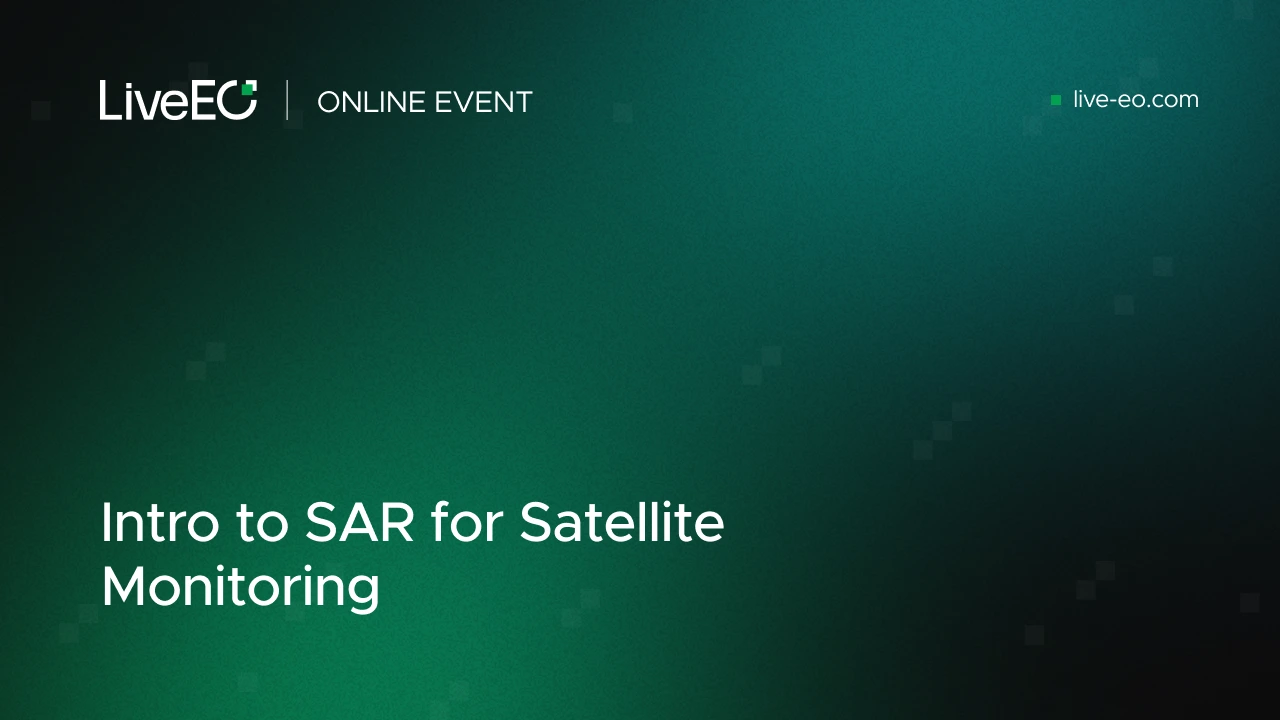Satellites equipped with SAR, short for ‘Synthetic Aperture Radar’, picture the Earth using an entirely different process compared to optical sensors or cameras. SAR data and imagery can be acquired regardless of weather conditions and even at night - which makes it perfectly suitable for many use cases in rail- and pipeline monitoring.
The technology does, however, come with some challenges and limitations. We want to clear things up for you and give you a full overview of SAR data in Satellite Monitoring.
From this seminar, you will learn
- What is SAR data and how does it differ from optical data?
- Which data sources and types of data are there?
- How to interpret the output and what are the limitations?
- Use cases for SAR data in Satellite Monitoring
Put in your contact details to receive the recording via email
{{inline}}
Built For Teams Managing Complex, Distributed Risk
From vegetation to pipeline to supply chain compliance, LiveEO helps organizations scale risk detection, prioritize action, and align operational decisions with business goals without adding headcount.



